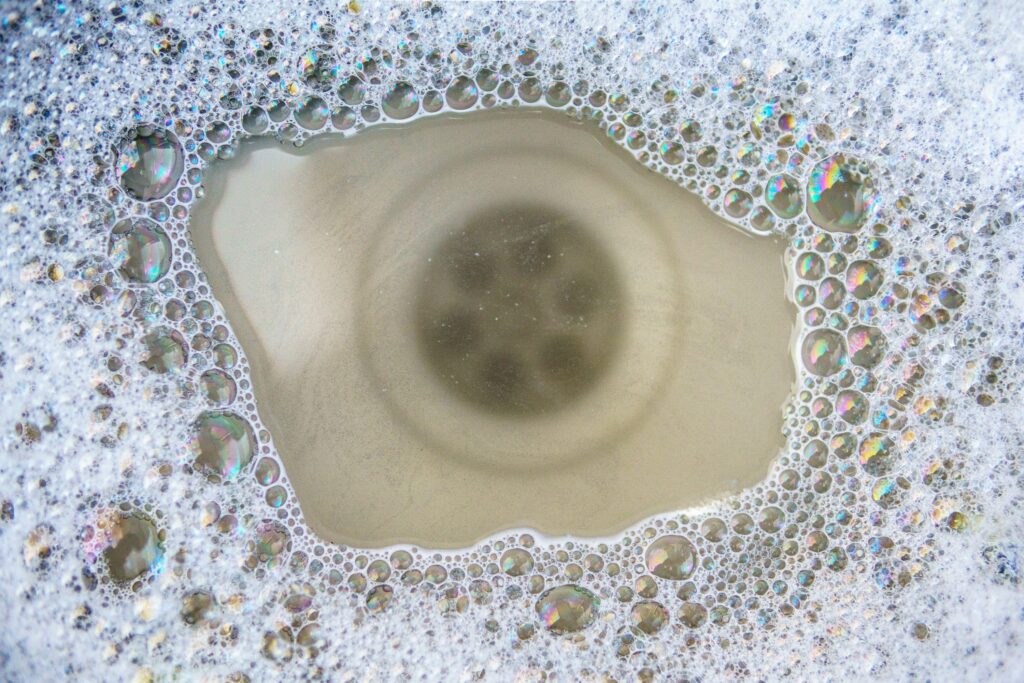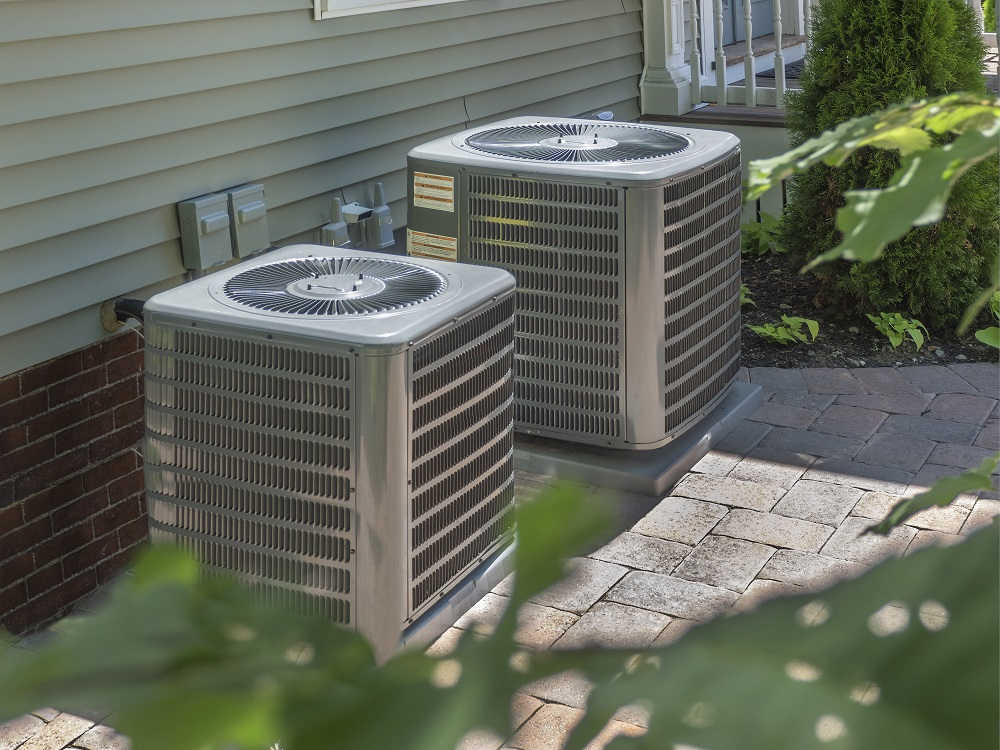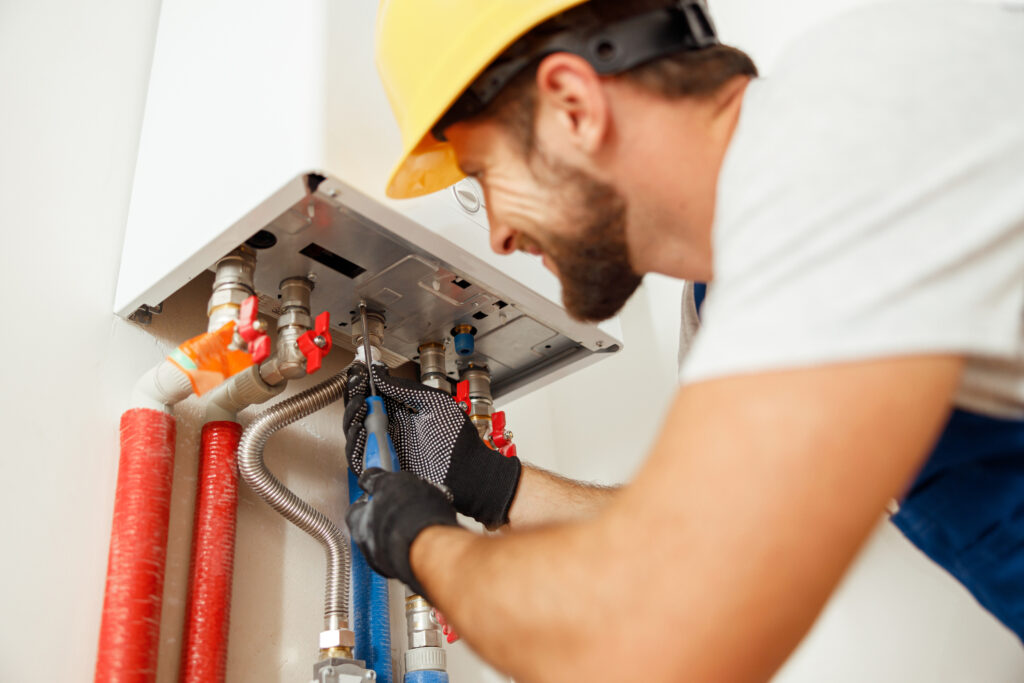How to Know If Your Furnace Needs to Be Repaired

If you live in Pennsylvania, you know how harsh the winters can often be. During this tough season, the furnace is every family’s most crucial tool to keep them warm and comfortable until spring. This is why maintaining your furnace’s health and functionality is so important.
If your furnace has broken down completely, you’ll likely already be aware based upon the freezing cold temperatures in your home that you just can’t seem to raise. However, even a furnace that is still producing heat could be in need of a repair to avoid breaking entirely or even becoming a hazard to your family’s home.
How to Tell If You’re in Need of Furnace Repair
Not sure how to tell if your furnace could use some attention? You’re not alone, and many people end up realizing that their furnace needs repair once the coldest months of the year have already begun. In order to prevent any discomfort for your family, be sure to heed the warning signs of a potential furnace repair:
Your furnace is 15 years old or older. For the majority of furnaces, the general life expectancy is around 18 years depending on how often it’s used and the level of upkeep and maintenance that’s performed after furnace installation. Older furnaces can develop wear and tear over the years; additionally, depending on the age of your home and when your home heating system was originally installed, your old furnace may not be the most energy-efficient model available anymore.
If you think your furnace might be reaching the end of its lifespan or you’re not sure when your furnace installation took place, call a heating specialist to analyze whether your furnace might need any age-related repairs.
Your home has poor air quality. Though the air quality in your area in general can greatly affect the quality of the air within your home, it can also be influenced by the health of your heating system, which acts as one of your home’s primary air filtration systems. If your furnace is working as it should, it will remove the majority of bacteria, dirt, and other foreign bodies from the air that it takes in from outside before pushing heated air throughout your home in order to reach the desired temperature.
However, if your furnace is old or malfunctioning or your vents have built up too much bacteria over time, your furnace could begin to funnel air full of dirt particles and other harmful pathogens throughout your home which might signal that it’s time for a furnace tune-up. Some of the common signs of poor air quality due to a faulty furnace system include:
- Visible floating dust in the air
- Frequent contraction of colds, coughs, and similar respiratory system-related illnesses
- Worsened allergy symptoms such as watery eyes, headaches, and itchiness
- Worsened pre-existing respiratory illness symptoms
Poor air quality in a home caused by the furnace can be extremely detrimental to the health of your entire family, particularly since the furnace is typically used most in the cold winter months when colds, the flu, and similar illnesses are already running rampant.
In some cases, the issues causing the poorly filtered air in your home can be remedied by a simple filter replacement usually during a routine furnace tune-up. However, a heating professional will be able to properly diagnose the problem and determine whether any ductwork or furnace repair needs to be performed.
You can’t explain the increase in your heating bill. Due to the severity of some Carbondale winters, you may have come to expect a relatively high heating bill during the colder months. If you notice that your heating bill is higher than normal, however, it may be cause for concern.
The first step to take is to make sure that no windows and doors are accidentally being left open while the heat is running, causing your heating system to work much harder than it should and therefore causing your bill to spike. Another measure to take is to check for cracks or damage to your roof. If you have an attic, you may not notice roof damage right away as any leaking or mold caused by a compromised roof may not have spread to a commonly used area of your home yet. Even if damage to your home due to a crack or leak in your roof isn’t immediately apparent, it could be affecting your home’s quality of insulation and therefore causing your energy bill to heighten abnormally.
If windows and doors left open, a compromised roof, and any other visible home insulation issues have been ruled out, your furnace is most likely the root of the problem. If your furnace installation is old, in need of repair, or excessively dirty, it might be working too hard to achieve the same home temperature that it could have achieved relatively easily when it was functioning properly, therefore requiring more energy and causing your heating bill to spike.
In many cases, the additional money you’ve spent on your heating bill over a period of months could nearly cover any necessary repairs or even a brand new furnace installation that is up-to-date and energy-efficient, preventing issues like excessive energy use in the future (provided that you schedule regular maintenance on your unit with an HVAC specialist).
To diagnose your problem and make sure your furnace system is truly at fault for your increased heating bills, make an appointment with a heating specialist. An expert will be able to determine the exact repairs needed on your unit as well as any ductwork repair that needs to be performed to optimize your furnace’s functionality and keep your heating costs as low as possible.
Strange noises are coming from your furnace. Odd noises are a typical warning sign of issues with any appliance. If you hear any popping, rattling, or banging noises coming from your furnace, it might mean that furnace repair is needed.
Some minor noises caused by the movement of parts within your unit are to be expected. However, loud and jarring sounds are likely caused by a part coming loose or jamming, causing friction that could cause further damage to your furnace.
Your furnace’s burner flame is yellow. Every furnace unit has a pilot light which should appear blue when the furnace is healthy and working properly. If your furnace’s pilot light is any color other than blue, particularly yellow, there may be a problem with your unit’s ventilation.
The color of your furnace’s burner flame acts as a sign of proper carbon monoxide ventilation within the unit. A blue flame means that the carbon monoxide is dissipating as it should and there is no dangerous buildup of the gas. If the flame is yellow, it means that your unit is unable to properly ventilate, and hazardous levels of carbon monoxide have built up.
This could have serious repercussions for the functionality of your furnace unit as well as the safety of your home; furnaces with excess carbon monoxide buildup are increasingly likely to catch fire when compared to a furnace that is able to properly ventilate its carbon monoxide buildup. Here are some of the visible signs of excessive carbon monoxide around your furnace:
- Soot streaks near the unit
- No upward draft in chimney
- Excessive moisture visible on cold surfaces such as windows and walls
- Rusty flue pipes and other piping systems
Carbon monoxide is an odorless gas; if you don’t regularly check the pilot light in your furnace, you might never know that your furnace and your home are in danger. In order to keep your home safe, create a habit of checking your furnace’s burner flame and consult with a licensed HVAC technician if you notice any discoloration.
Your thermostat isn’t as sensitive as it used to be. Some people are more sensitive to heat or cold than others, but most families will get to know their thermostat settings pretty well over time. For example, you may have one temperature range in mind that keeps your home perfectly cozy during winter without being stuffy or hot, and one temperature range that keeps your space cool in summer without necessitating a sweater or driving up your energy bill.
If you start to notice that your typical thermostat settings aren’t doing the same job that they used to, your furnace may be in need of repair, especially if you’ve made sure that the problem with your thermostat isn’t related to a poor electrical connection or a cut wire. Another possibility is that your ducts have been compromised in some way so that they are leaking heated air inside the walls and ceiling, causing the warm air that actually reaches the rooms of your home to be less potent.
If your furnace is dirty or has parts that need to be repaired, it won’t be able to provide the amount of well-circulated warm air that you’re used to. Make sure to report your thermostat issues to an expert as soon as you notice them, as continuously adjusting the thermostat with little result could lead to unnecessarily high energy bills.
When you activate your furnace, it blows cold air. It goes without saying that cold air is the opposite if what you want and expect when you turn on your furnace in the winter. Though there are a few possible causes of cold furnace air, one of the most likely is a blower fan malfunction.
The blower fan is the mechanism within your furnace that allows it to push heated air evenly throughout your home. If your furnace’s blower fan has an issue with its motor or other crucial part, it could lead to the blowing of unheated air or simply no blown air at all, causing palpable cold spots throughout your home.
The absence of warm air might also have to do with your furnace’s heat exchanger or the pilot light. A licensed heating specialist will be able to perform any necessary repairs so that your furnace will be blowing warm air at its normal rate once again.
There’s too much dust in your furnace. As a homeowner, you know dust all too well. It builds up on your furniture, on your appliances, and even on commonly used household items, damaging your home’s air quality and even causing you and your family members to get sick or experience exacerbated symptoms of pre-existing illnesses.
Unfortunately, dust can also build up in your furnace and in your ductwork, even if you use your vents throughout the year with your HVAC system. If you notice a large amount of dust coming through the vents when you power up your furnace, become aware of more dust settling throughout your home than usual, or experience a dirty or dusty smell emanating from your vents, your furnace may be having trouble ventilating properly.
The function of a furnace is to intake air from outside, filter it, warm it up, and disperse it evenly throughout your home using your air ducts. Furnaces can struggle to properly ventilate the dirty outside air as they get older or as more and more dust, bacteria, and other grime builds up.
The best way to prevent this issue, and often the best way to cure it, is to change your filter. Furnace filters should generally be changed once every three months, so if you’re unsure when the last filter replacement took place, you’re most likely due for one.
Besides the filter, your furnace’s blower fan should also be working to reduce the amount of dust being dispersed throughout your home. If you’ve been regularly changing the filter, you may need to have a heating specialist take a look at your blower fan or check your ducts for any tears or excessive dust buildup.
Furnace Upkeep: What to Do In Between Professional Furnace Tune-Up Appointments
When it comes to keeping your furnace running smoothly and preventing hefty repairs or replacements, scheduling regular maintenance appointments with a high-quality heating specialist is a must. Though you should have a professional perform a tune-up on your unit at least once a year if not more, there are a few steps you can take in between appointments to keep your furnace in tip-top shape.
Keep an eye on your thermostat. An unresponsive thermostat can be a sign that your furnace is in need of a repair. However, if you don’t discover that your home is lacking proper heating until winter has already arrived, you may have to endure the cold for a while until your furnace is up and running again. Check your thermostat regularly throughout the year to ensure that it is responding as it should to your prompts.
Replace the filters. Though a furnace tune up should be left to the professionals, many homeowners can successfully replace furnace filters. These filters should be replaced at least every three months if not sooner to prevent clogging and the dispersal of dirty air.
Dust the vents on your furnace. For most furnace units, the ventilation systems within the machine can be dusted with a large brush, which helps to rid the unit of clogged debris and dust. Ask your licensed heating specialist during your next tune-up appointment whether it is safe for you to dust your furnace vents and how to best go about it.
Check the pilot light regularly. Since furnaces are home heating mechanisms, it’s extremely important to watch for any fire hazards. Make it a habit to check on the color of your furnace’s pilot light every month or so. If the light is blue, your furnace is able to properly ventilate carbon monoxide; if the light is yellow, schedule an appointment with an expert right away to fix the ventilation problem before it escalates.
Make sure your house is properly insulated. Even if your furnace is dispersing perfectly heated air at the proper rate, you won’t achieve the same result if your house is poorly insulated. Additionally, you’ll end up paying excessively high rates in heating bills, especially as the winter weather worsens. Here are a few easy ways to improve your home’s insulation:
- Closely analyze your windows, walls, and vent areas for any cracks that need to be filled in or spots where you feel a breeze coming in from outside where there shouldn’t be one. These problem areas can be patched up with putty or sealant.
- Reduce heat loss through your doors by outfitting them with draught excluders and sealant strips.
- Consider double glazing your windows to provide advanced heat insulation, particularly if you live in an area where your windows could be at risk of cracking from weather complications or natural debris. Whether or not you double glaze your windows, thick curtains or blinds can also help to trap warmth.
- If you have an attic, installing loft insulation could make a huge difference in your energy bills during both the warmer and colder months. This type of insulation is usually made of fiberglass wool and is relatively cheap to purchase.
Thinking it might be time for a furnace tune-up in your Pennsylvania home? T.E. Spall & Son provides efficient, high-quality furnace repair and furnace installation in the Carbondale area, promising you a warm, cozy home just in time for winter.






